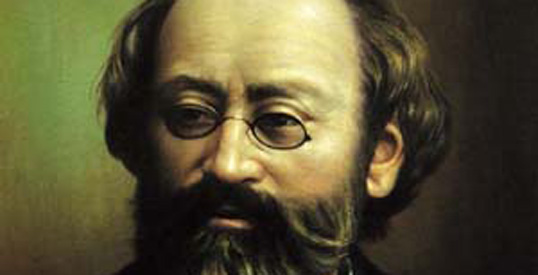Max Bruch (1838–1920) was a German Romantic composer whose works, though sometimes overshadowed by his contemporaries, remain deeply beloved for their lush melodies and emotional depth. Best known for his violin concertos, Bruch’s compositions cover a wide range of orchestral and choral music that continues to captivate listeners worldwide. Below, we explore five of his finest compositions that showcase his extraordinary talent.
1. Violin Concerto No. 1 in G Minor, Op. 26
Undoubtedly, Violin Concerto No. 1 is Bruch’s most famous work and a cornerstone of the violin repertoire. Composed in 1866, this concerto is celebrated for its lyrical beauty, rich harmonies, and virtuosic demands on the soloist. The lush Adagio movement is particularly noted for its emotional depth, making it a favorite with both performers and audiences. The first and third movements bookend the work with dramatic intensity, making it a perfect balance of passion and finesse.
2. Scottish Fantasy, Op. 46
Written in 1880, the Scottish Fantasy is a unique combination of violin concerto and symphonic poem. It incorporates Scottish folk melodies, blending Bruch’s Romantic sensibilities with the wild, rugged landscapes of Scotland. The fantasy opens with a solemn, harp-led introduction that gives way to virtuosic violin passages and dance-like movements. This work allows the violin to sing and soar, echoing the character and spirit of Scottish tradition.
3. Kol Nidrei, Op. 47
Inspired by the Jewish prayer of the same name, Kol Nidrei (1881) is one of Bruch’s most profound compositions. Written for cello and orchestra, it weaves a melancholic melody around the traditional Jewish chant used on Yom Kippur. Bruch, though not Jewish, was deeply moved by Jewish music and culture, and his composition captures a deep sense of spirituality and introspection. This work is a staple for cellists and a beautiful example of Bruch’s sensitivity to different musical traditions.
4. Symphony No. 1 in E-flat Major, Op. 28
Although Bruch is best known for his violin works, his Symphony No. 1 demonstrates his skill in orchestral writing. Completed in 1868, the symphony is a vibrant, classical work with a dramatic first movement, a lyrical second, and a playful scherzo. The finale brings the symphony to a grand conclusion, highlighting Bruch’s mastery of orchestral color and form. While not as frequently performed as his concertos, this symphony showcases his full compositional range.
5. String Quintet in E-flat Major, Op. posth.
Discovered and published after Bruch’s death, the String Quintet in E-flat Major is a lesser-known but highly regarded work. It reveals the composer’s mature style, featuring intricate interplay between the instruments, lyrical melodies, and rich harmonies. This intimate chamber piece is a testament to Bruch’s ability to craft beautiful music for smaller ensembles, filled with warmth and emotional depth.
Max Bruch’s music, often marked by its heartfelt emotion and expressive power, remains a cherished part of the Romantic repertoire. Whether in the grand sweep of his Violin Concerto No. 1 or the introspective beauty of Kol Nidrei, Bruch’s compositions continue to resonate with audiences around the world.


Comments are closed